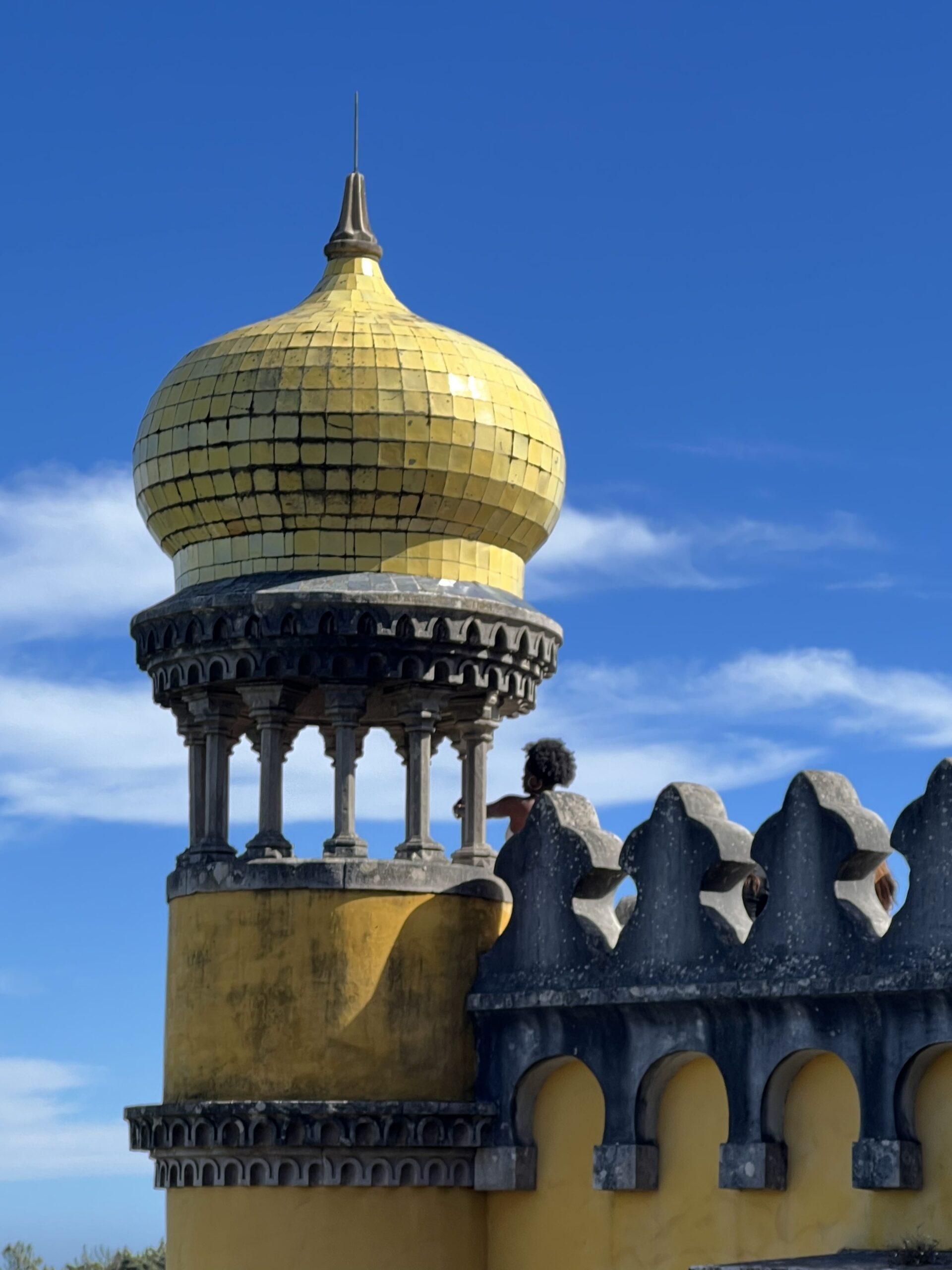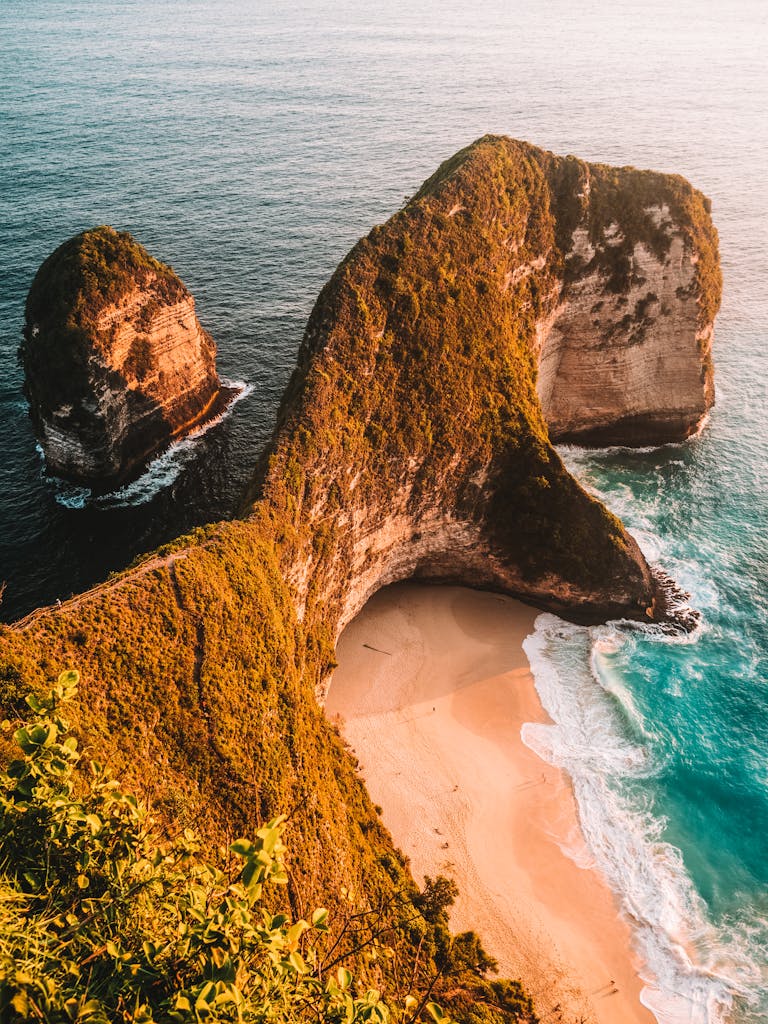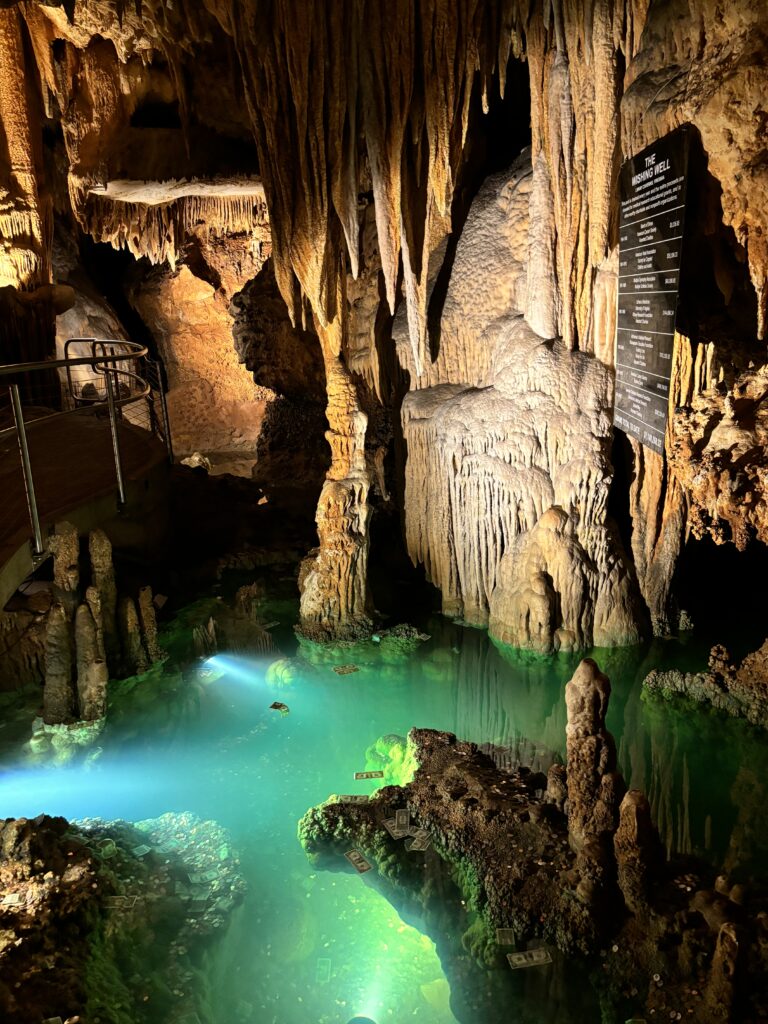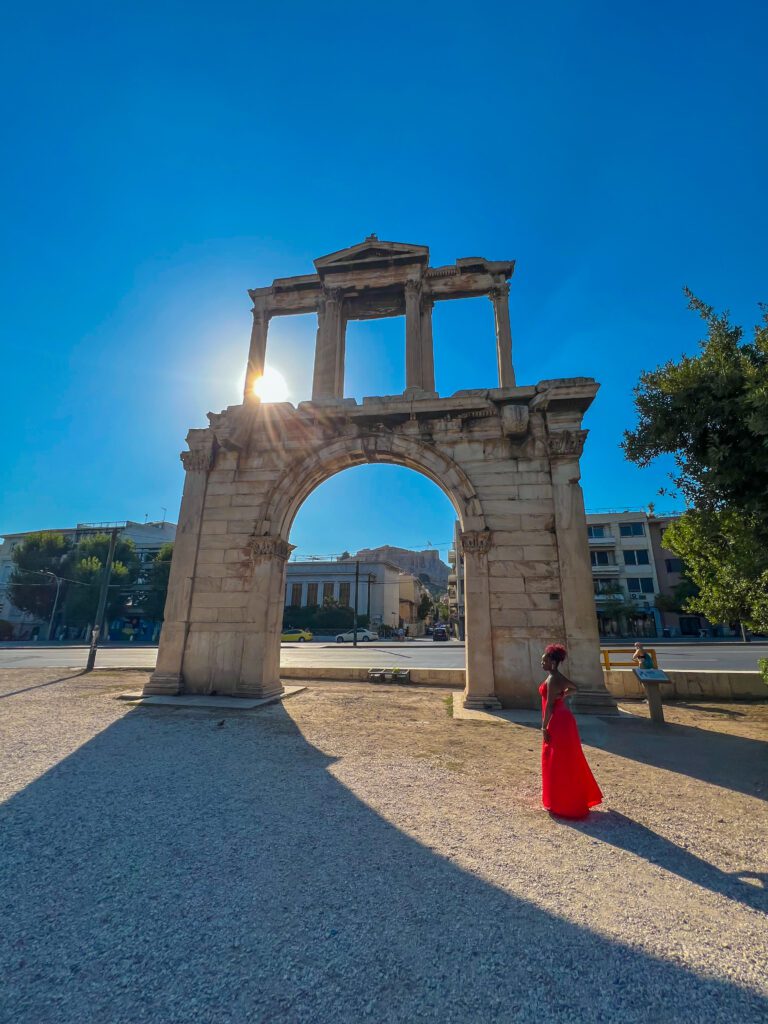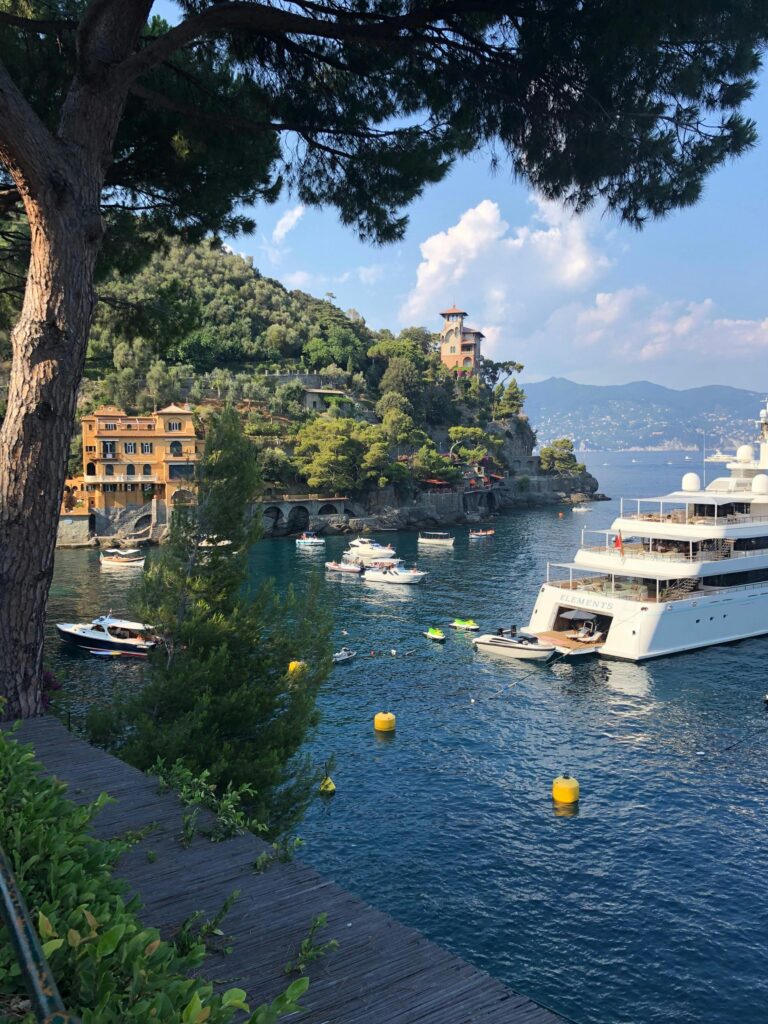Planning a Last Minute Trip to Sintra?
If you’re booking your trip to Sintra last minute, we have you covered. Below are some of the top tours, hotels, and more!
Popular tours/activities in Sintra:
Sintra Pena Palace See all the Palaces, gardens, and forts in Sintra
Quinta da Regaleira Extremely beautiful, with lots of hidden meanings
Sintra: Countryside Gastronomic Tour in a Vintage Car My Top Choice!
🛌 Top Hotels in Sintra:
Tivoli Sintra – Valverde Sintra Palácio de Seteais Views of the castle
Chalet Saudade Historical Hotel with scenic views
Villa Bela Vista Garden views
Sintra Marmòris Camélia Offers bike rentals
✈️ Want to get from Lisbon to Sintra hassle-free? Find the best transfer option here!
Sintra Travel Guide: Fun Things to Do + Hidden Gems
Looking for fun things to do in Sintra? I loved Sintra so much that I’ve been twice. Each time I visit, I learn something new and find a new hidden gem. Sintra is a must-visit for those who love history and opulence. It feels like a fairytale with palaces, forts, and secretive hideaways.
How to Get From Lisbon to Sintra
Lisbon to Sintra Train
The easiest way to get to Sintra is by Train. You can begin your journey from any train station in Lisbon. The most common starting point is Rossio Station in Lisbon’s Baixa district. Once there, purchase your train ticket at the ticket machine. When you have your ticket, proceed to the platform for trains bound for Sintra. Like Penn Station, you must check the departure boards or ask the station staff for the platform number.
The train ride is about 45 minutes and offers beautiful views of the Portuguese countryside. The train arrives at Sintra Station, located in the center of Sintra town, in walking distance of many of Sintra’s attractions, including the National Palace of Sintra and Quinta de Regalarie.
You can explore the town on foot from Sintra Station, take local buses to reach attractions farther away, or a cute Tuk-Tuk.

Renting a Car in Lisbon
Traveling from Lisbon to Sintra by car is not hard at all. We rented a car in Lisbon and drove about 30 minutes before arriving in Sintra. We saved a lot of money because we could drive a manual car. The automatic cars are a bit more expensive to rent. One drawback of renting a car is finding parking. It is very difficult to find parking during high season, and it’s quite common for people to receive parking fines.
Where to Park in Sintra
Parking near popular attractions like Pena Palace or Moorish Castle is restricted to taxis, buses, and guides. However, designated parking zones are available for tourists at the Portela de Sintra car park, open 24 hours and close to public transportation. The maximum fee is about 2 dollars a day. Another option is to park at the nearby shopping mall, CascaiShopping (for free), and take a 15-minute bus ride to Sintra railway station.
Map of Sintra Attractions
There’s so much to see in Sintra, so I have organized this map to help you plan your trip. to truly enjoy Sintra, you would need at least 2 days in the area.
How Many Days Do You Need to See Sintra?
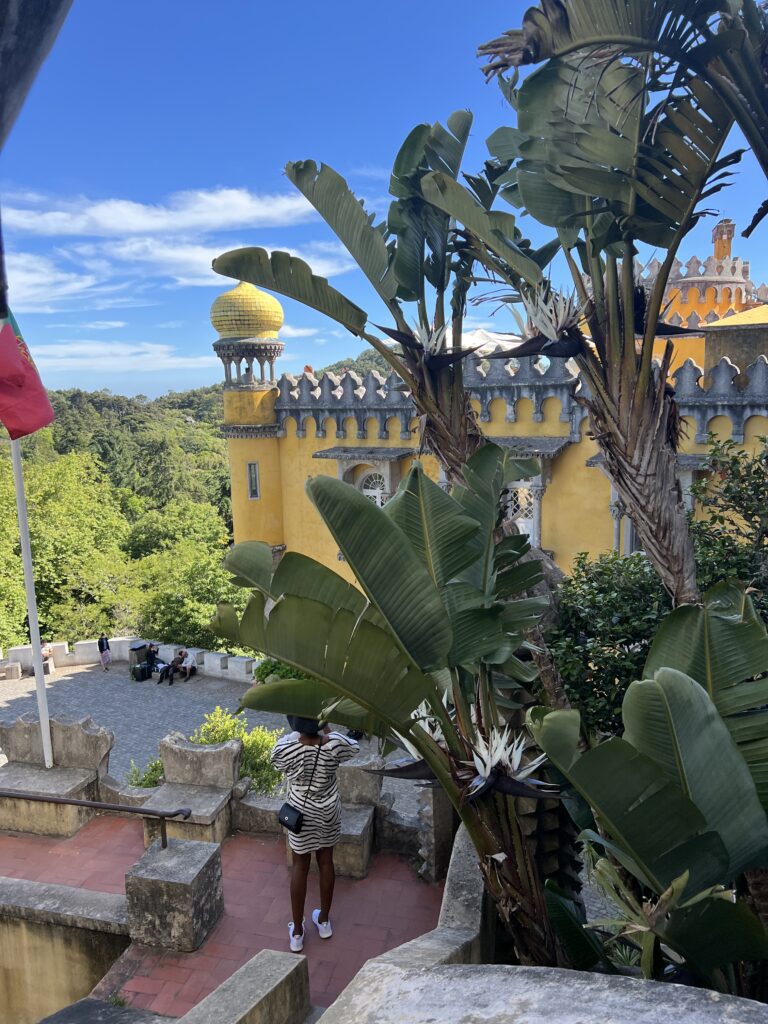
I recommend spending 2-3 days in Sintra, but you can comfortably get away with 2 full days. A day trip is fine if you’re short on time, but seeing everything in one day is impossible. Things are pretty close together but require a bus ride, a short drive, or copious amounts of walking.
Things to do in Sintra
Pena Palace
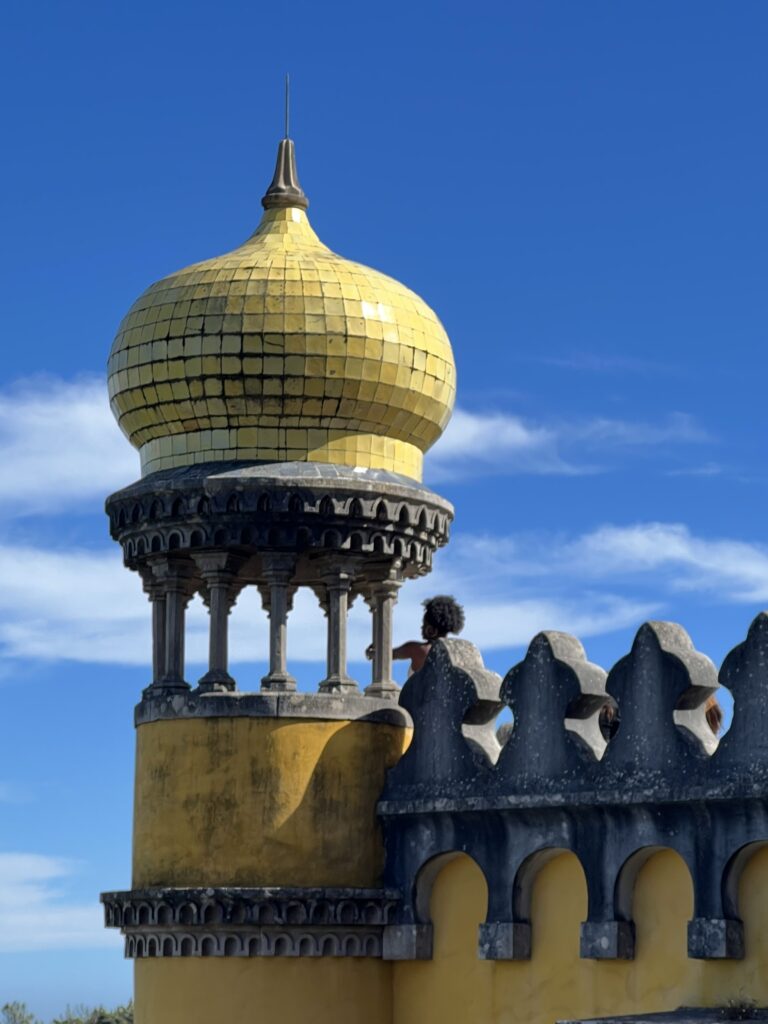
The Pena Palace is a colorful Romanticist castle in Sintra. It is one of Portugal’s most iconic landmarks and a UNESCO World Heritage Site, making it an excellent spot for photos.
Tips for Visiting Pena Palace
Although Pena Palace feels like walking through a fairytale, it can quickly turn into a nightmare without proper planning. For example, on my first trip to Sintra, we didn’t look at the weather and ended up ill-prepared for a rainstorm. Although we still enjoyed ourselves, we would have enjoyed it much better had we gone on a non-rainy day. I don’t want you to go through that, so here are some tips for visiting Pena Palace:
- Wear comfortable shoes. Although there are buses, taxis, and tuk-tuks, you’ll still get a lot of steps in because everything is spread out and filled with hills.
- Buy Tickets in Advance: Pena Palace is very popular, and lines get long quickly. I overheard some tourists upset that they wouldn’t be able to visit because tickets had already sold out and it wasn’t even 12 pm. Buy your tickets in advance.
- Get There Early: You’ll want to beat the crowds if you wish to solo photos without too many tourists in the background.
- Explore the Grounds: Take your time to explore the palace and the surrounding park and gardens. The views from various vantage points within the park are stunning.
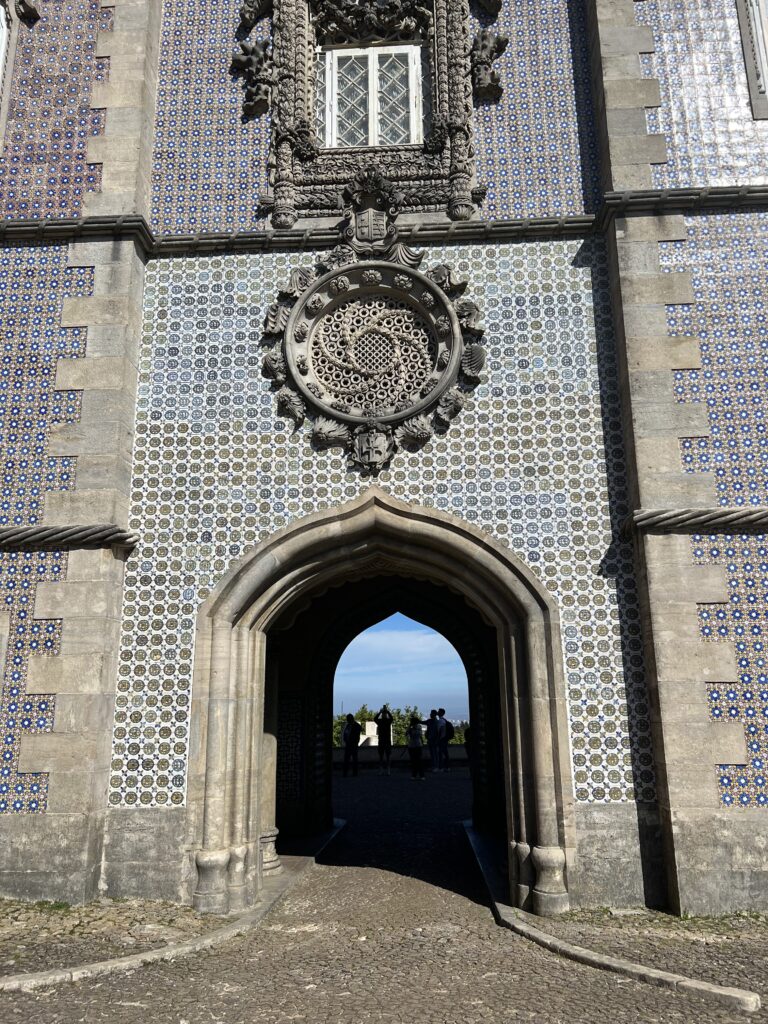
- Guided Tours: Consider joining a guided tour to learn little-known hidden facts about the palace’s history and architecture. If you want to save money, try a free audio tour instead.
- Portable Chargers: Pena Palace is incredibly photogenic, and you’ll want lots of videos, so always bring a portable charger to be prepared.
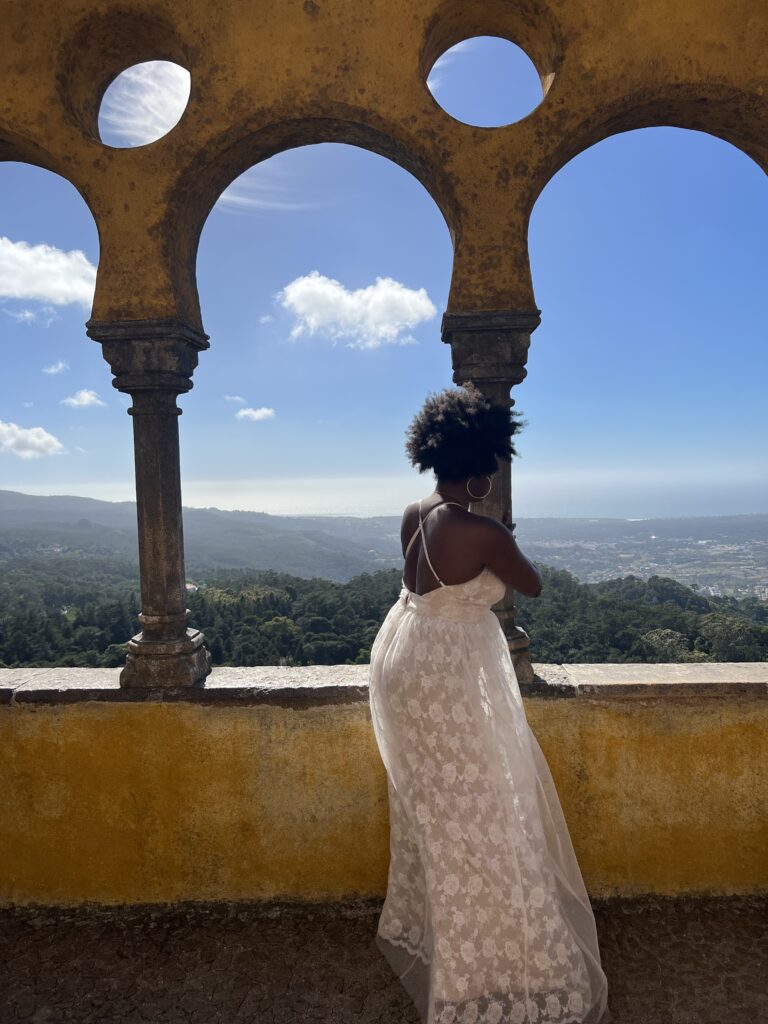
Pena Garden
Pena Garden is the perfect place to take all your princesscore and cottagecore photos. It’s a majestic place filled with lakes, hidden alleyways, and beautiful trees.
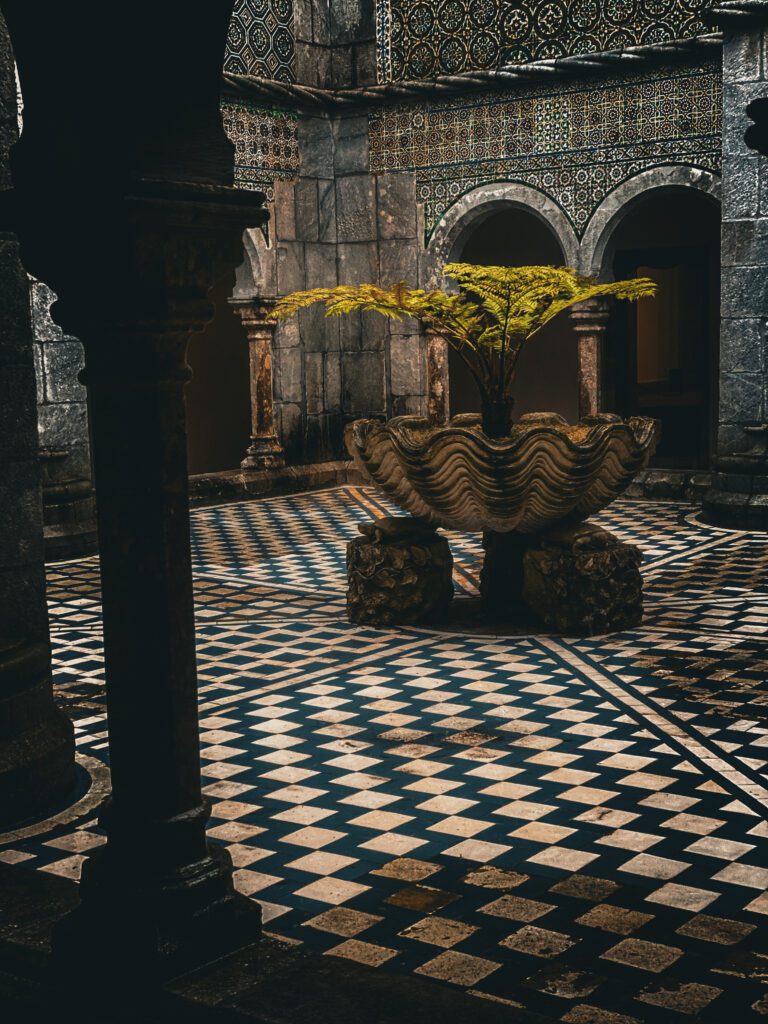
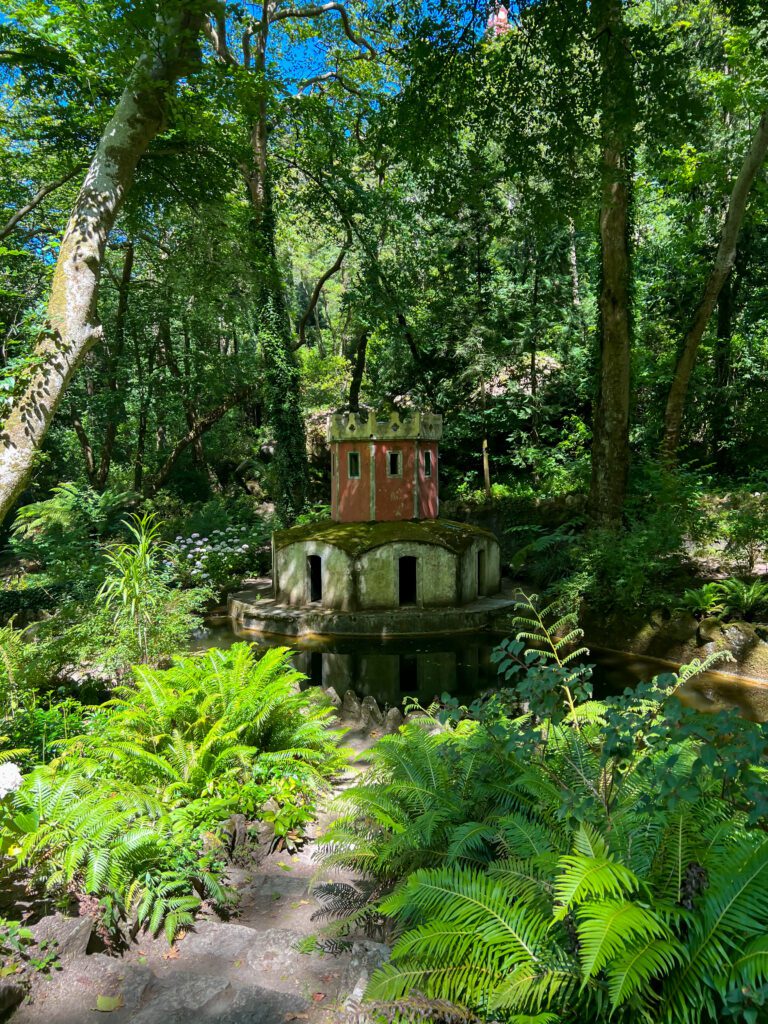
Moorish Castle
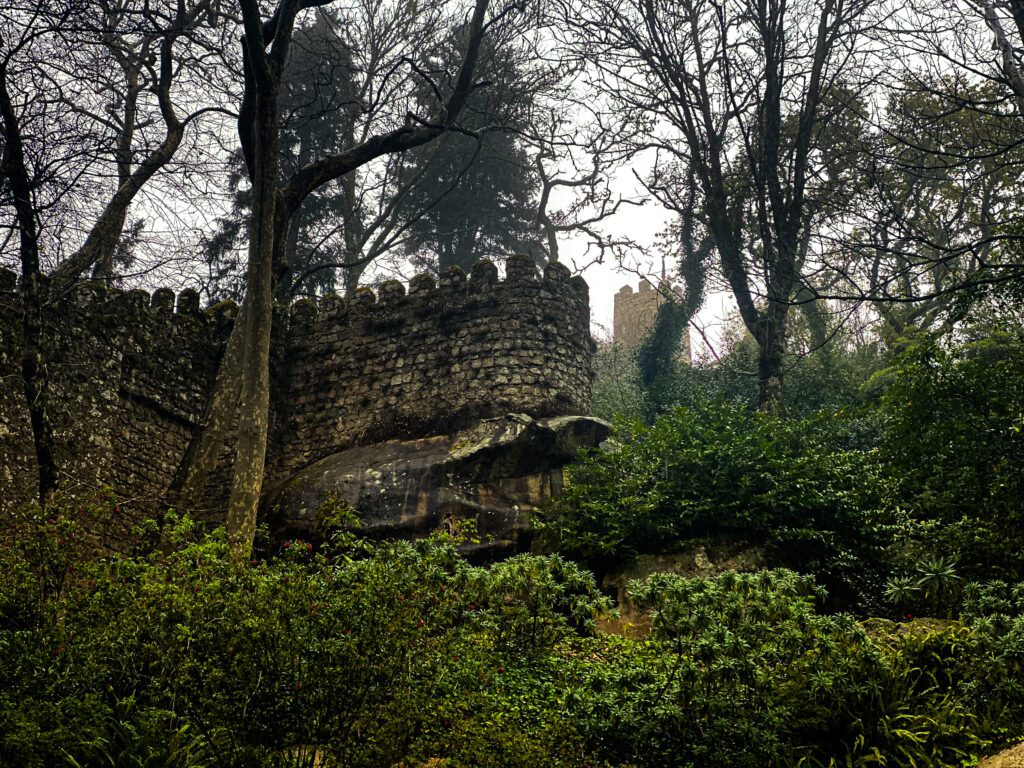
The Moorish Castle is a medieval fortress dating back to the 8th century. It was initially built by the Moors during their occupation of the Iberian Peninsula and was used as a fort until 1147 when the King of Portugal took over Sintra.
I’m afraid of heights so I didn’t climb to the top as it looked a bit unsafe during the rain. Overall, it’s a fantastic place where tourists can explore its ancient walls, towers, and scenic viewpoints. It gets crowded, so get there early and check the weather, as it can become a very muddy walk.
Quinta da Regaleira
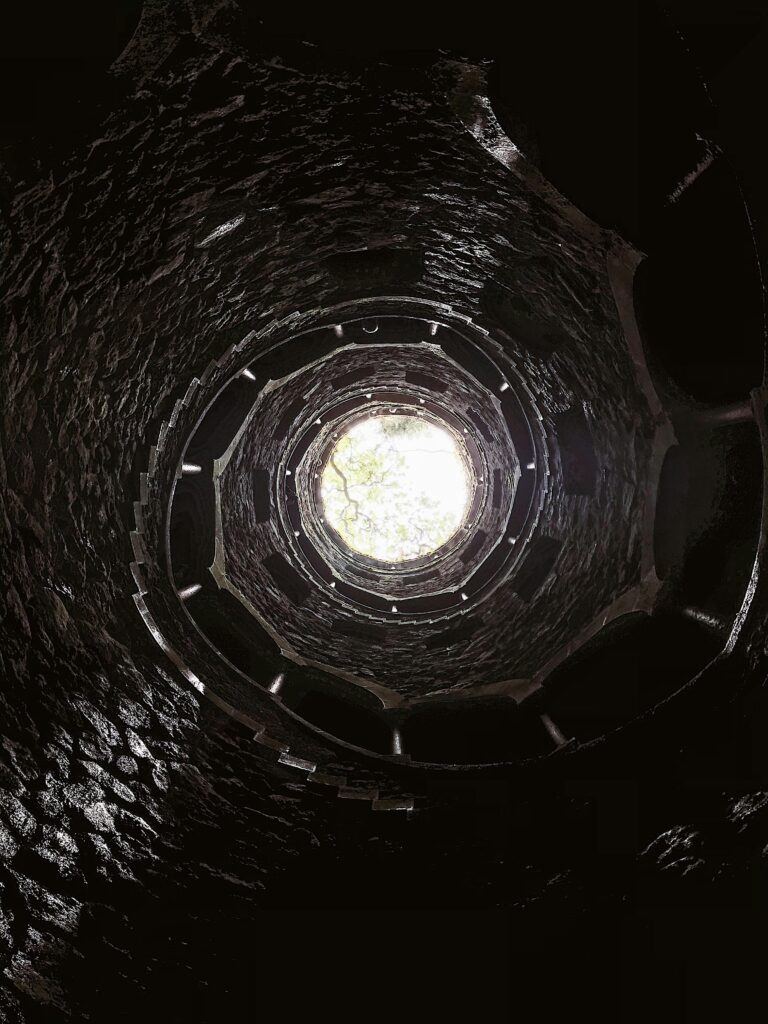
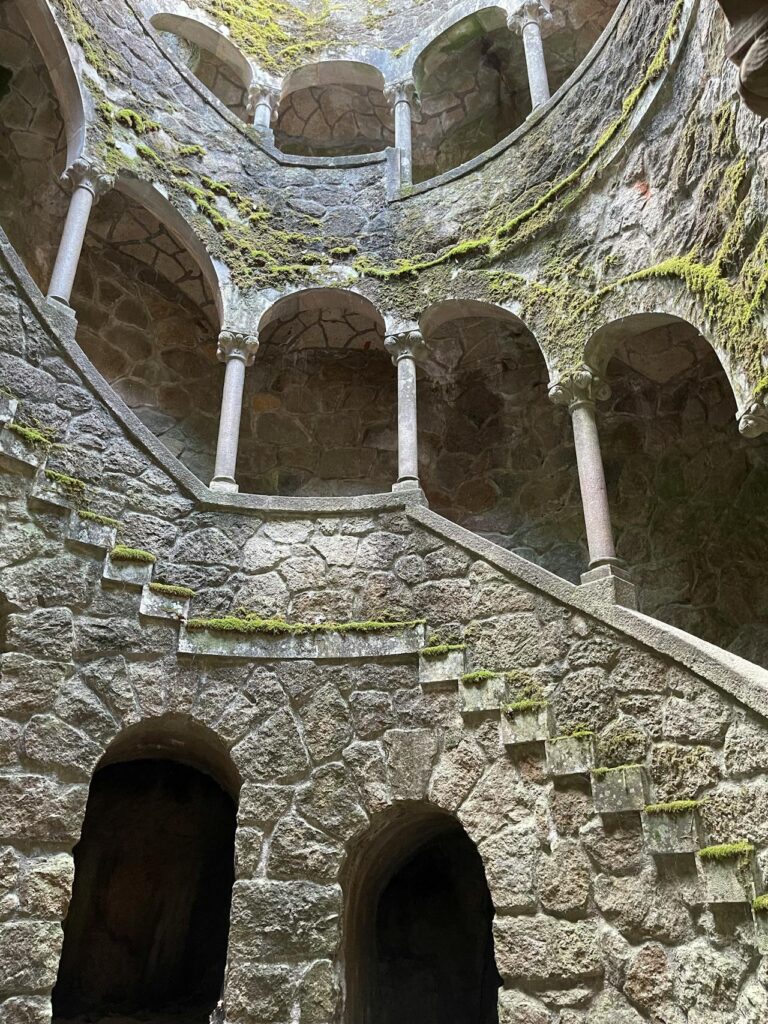
Quinta da Regaleira is a magnificent estate near the historic center of Sintra. It was built by a Freemason named Carvalho Monteiro. Carvalho Monteiro was a very wealthy and eccentric businessman. He worked with well-known architects to design his home and went into great depth to incorporate hidden meanings throughout his property.
Quinta da Regaleira has hidden passages, secret tunnels, and symbolic structures like the Initiation Well, a spiraling underground staircase believed to represent a journey into the afterlife or to the “light,” depending on how you navigated it. The Initiation Well was also thought to be used for both Freemason and Templar Knight initiation ceremonies.
Sintra Cascais Natural Park
The Sintra-Cascais Natural Park is located in the western region of Portugal. It’s a protected area known for its beautiful coastline, biodiverse forests, and sandy beaches. We didn’t have time to check it out, but it’s on my bucket list for next time. Grab your outdoor friends and go hiking, mountain biking, birdwatching, or surfing. Sintra’s water is known for being quite cold, so I recommend bringing a thick wetsuit and beach coat. Overall, the Sintra-Cascais Natural Park is a must-visit destination for those seeking adventure and nature.
Beaches Near Sintra
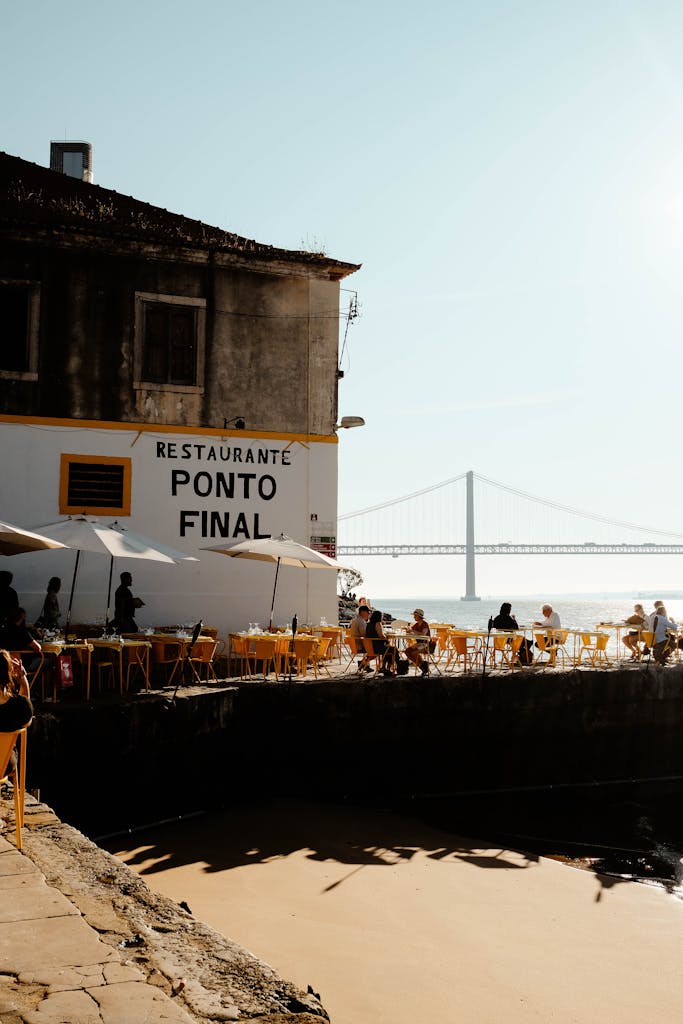
Not only does Sintra have gorgeous castles and gardens, but it’s also home to some of the most beautiful beaches in Portugal. Praia da Adraga is a famous beach with lots of restaurants and shops. After all of the walking you’ll do in Sintra, what’s better than ending your trip by lying down at one of the Beaches in Sintra? A few popular beaches near Sintra are:
- Ursa Beach
- Praia de São Julião
- Praia da Aroeira
Read here for some of Portugal’s finest beach towns.
More Fun Things to Do in Sintra
Where to Stay in Sintra
Tivoli Sintra – Valverde Sintra Palácio de Seteais
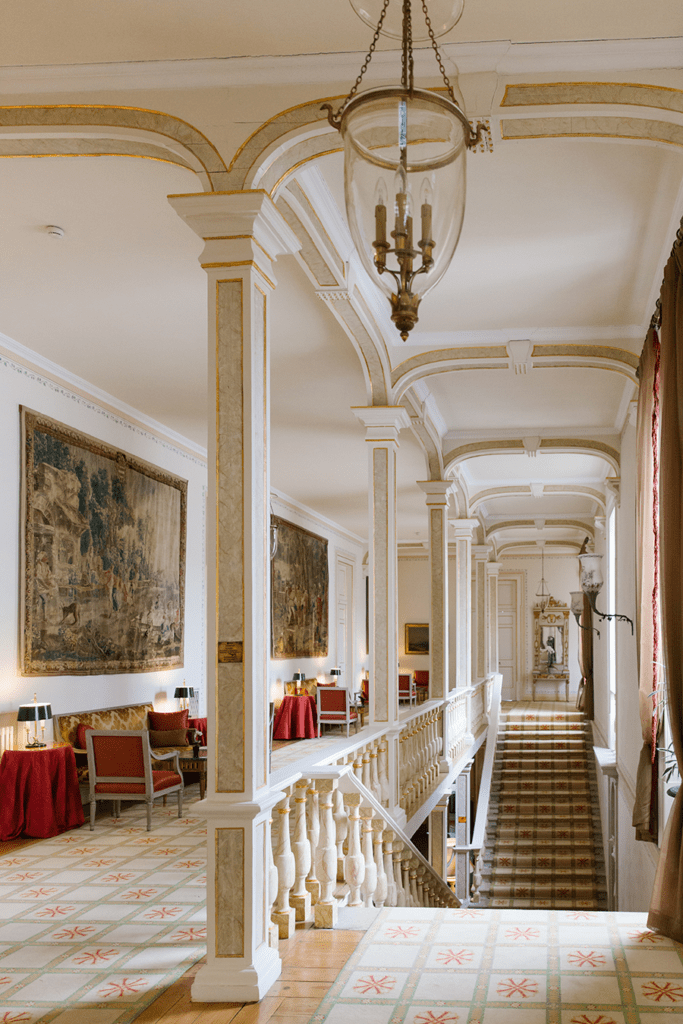
Valverde Sintra Palácio de Seteais is a luxury historic hotel. Some amenities include a pool, piano room, spa, and city transfers. Valverde Sintra Palácio de Seteais will make you feel like you’re staying in a castle or palace. It is one of the most romantic and dreamy hotels in Sintra.
Chalet Saudade
Chalet Saudade is a budget-friendly hotel located near most Sintra attractions. The rooms are gorgeous and have a very vintage European vibe. Some rooms include a balcony with a view of Pena Palace and more.

Sintra Restaurants
Incomcum by Louis Santos
Incomum is one of the top restaurants in Sintra. I recommend booking in advance as it gets busy, especially on the weekend. The food was delicious, and the price was comparable to local restaurants. I recommend the Nero linguini with crab for your entree and tiramisu for dessert.
Bacalhau na Vila
Bacalhau na Vila offers many traditional Portuguese dishes. It’s a seafood lover’s dream, with many different bacalo/codfish dishes. For dessert, I recommend Pastel de Nata or chocolate pudding.
Is Sintra Worth Visiting?
Sintra is absolutely worth it. If you love history, castles, and palaces, you’ll love Sintra. It feels like you’ve walked into a fairytale, which was the highlight of my trip to Portugal.
Sintra History
This Portuguese town has a rich and diverse history dating back thousands of years. The Moors took over control of Sintra in the 8th century. They built the Moorish Castle, Almoáda Baths, the fortress walls, and aqueducts. The Moors significantly influenced the architectural style of buildings constructed during their occupation. Moorish design elements, such as horseshoe arches, decorative tilework (azulejos), and intricate stucco ornamentation, can be observed in some of Sintra’s historic buildings, including the National Palace of Sintra.
In the 12th century, Christians recaptured Sintra and banished the Moors. It then came under Portuguese rule and was later repurposed as a royal retreat and summer residence for Portuguese monarchs. From then on, many Portuguese nobles began building palaces and summer homes, making it the “it” place to be. In 1995, Sintra was designated a UNESCO World Heritage Site.
Weather in Sintra
The weather in Sintra depends on the season, but generally, this area enjoys a mild and temperate climate throughout the year due to its coastal location. Here’s a breakdown of the weather you can expect in Sintra across different seasons:
Visiting Sintra in Spring (March to May):
- Spring brings mild temperatures and blooming flowers, making it a popular time to visit. Daytime temperatures typically range from 15°C to 20°C (59°F to 68°F), although it can still be a bit cool in March.
- Rainfall is moderate during this season, so it’s a good idea to pack an umbrella or rain jacket, especially for outdoor activities. My first trip to Portugal was in March, and it rained the entire time! Pack waterproof shoes and clothes, or skip this season altogether.
Visiting Sintra in the Summer (June to August):
- Summer is the peak tourist season in Sintra. Visitors flock to enjoy the warm weather and sunshine. Daytime temperatures average between 20°C to 28°C (68°F to 82°F), with occasional spikes into the 30s°C (86°F+).
- While summers are generally dry, occasional showers or thunderstorms may occur, particularly in August. Sunscreen and light clothing are essential for exploring the outdoor attractions during this time.
Autumn in Sintra (September to November):
- Autumn sees gradually cooling temperatures and fewer crowds compared to the summer months. Daytime temperatures range from 15°C to 22°C (59°F to 72°F) in September, dropping progressively to 10°C to 18°C (50°F to 64°F) by November.
- Rainfall increases as the season progresses, especially in November, so bringing layers and waterproof clothing is advisable.
Winter in Sintra (December to February):
- Winters are mild but can be damp and overcast. Daytime temperatures typically range from 8°C to 15°C (46°F to 59°F), with cooler nights.
- While snow is rare in Sintra, it’s not unheard of. However, rainfall is more common, so if visiting during the winter months, be prepared for wet weather.

